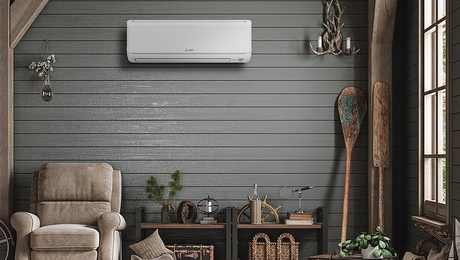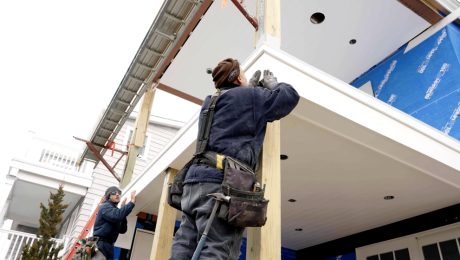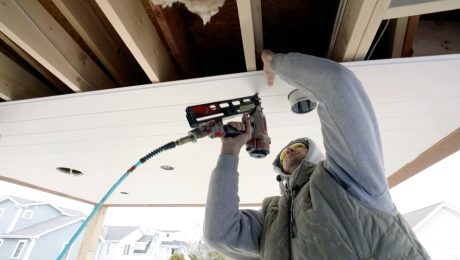
Q:
I am about to begin residing my 23-year-old house in central Massachusetts. The house sits in the middle of a field and gets lots of direct sun, which has wreaked havoc with the paint on the existing cedar clapboards. I plan to remove the old clapboards and install clear vertical-grain cedar clapboards—primed on all sides before installation— but I’m wondering whether I should remove the old Tyvek housewrap and replace it, or if there is any advantage to installing new housewrap over the old?
Bob, via Finehomebuilding.com, None
A:
There is no problem with applying a new layer of housewrap over the old. In fact, it’s recommended. Aside from the likelihood that there have been advances in the housewrap membrane itself over the last 23 years, you can’t be sure how long the existing housewrap was left exposed to the sun before siding was installed. Most housewraps are rated for only 90 to 120 days of UV exposure. Pay attention, however, to integrating the new housewrap with windows, doors, and other penetrations, and attach the membrane with cap fasteners—a requirement of many manufacturers that is often overlooked.
I’d also recommend that you consider a ventilated rain screen. I consider it best practice for any siding installation, but it would be particularly helpful in your situation because it eliminates the pressure differences that cause moisture drive to “push” the paint off the wood.
Even a small gap is enough to do the job, and several drainable housewraps are available. I prefer a dimpled membrane such as Benjamin Obdyke’s HydroGap or Barricade’s WeatherTrek over the “crinkled” varieties such as Tyvek DrainWrap because I find the dimpled membranes easier to install straight and tight.
I’ve also had good luck applying vertical 1×3 battens right over conventional housewrap, and I know others who go even thinner, using 1⁄4-in.-thick mason’s lath. The lath strips may be preferable in your situation if you don’t want to build out the trim on your windows and doors to accommodate the thicker furring strips.

























